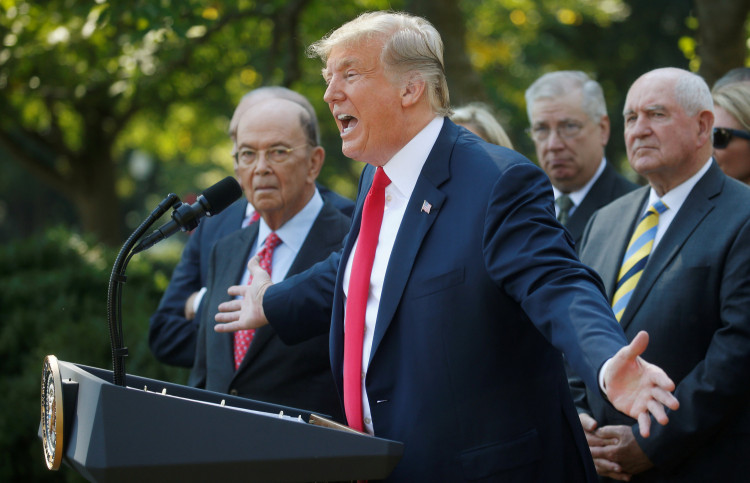The United States may soon conduct its trade negotiations and policies after the revised North American Free Trade Agreement or what is now called the United States-Mexico-Canada Agreement or USMCA.
The Trump administration considered USMCA as a major achievement, changing the landscape of how it will conduct its business ties with the international community, including China.
U.S. President Donald Trump said USMCA is a "historic win" for U.S. farmers, auto workers, and manufacturers. Trade Representative Robert Lighthizer hailed it as a "paradigm shift."
The Wall Street Journal reported that the present administration may use the revised agreement as the "template" for all of the nation's international business dealings, including foreign exchange policies, labor markets, and bilateral trade.
The USMCA was officially announced on Sept. 30 with Lighthizer and Canadian Foreign Affairs Minister Chrystia Freeland saying it paves the way for a more open market, fairer trade, and a major driver of economic growth.
The revised agreement has enhanced rules on digital trades, agricultural and farming sector, financial services, and protection of intellectual property rights. There are new chapters covering Digital Trade, Anticorruption, and Good Regulatory Practices. There is also an all-new section solely dedicated to Small and Medium Sized Enterprises and labor laws and environmental policies.
Of most striking section of the USMCA is the one which preserved the rights of the U.S. president to impose 25 percent tariffs on imported automotive models and car parts. The section includes a certain ceiling number for both Mexican and Canadian cars that will be excused by the tariff.
While the Trump administration was all praised about the revised agreement, analysts concurred that the USMCA offered nothing new.
Frederick Mayer, a public policy professor at Duke University, told Los Angeles Times that "it is not a radically new thing." If anything, USMCA is an adjustment "that maintains the central core of NAFTA," he said. Mayer had previously worked on the original version of NAFTA in the early 1990's.
Some analysts who spoke with LA Times said major portions of USMCA were lifted or build upon important provisions of the Trans-Pacific Partnership of which President Trump withdrew when he assumed the presidency.
William Reinsch, a senior advisor at the Center for Strategic and International Studies, was of the same opinion. While having the three nations finally compromise on one deal was definitely a good thing, the output was not "radically different."
There were some analysts who said that the new labor chapter included in the USCMA was stronger than what was included in the TPP. Still, they doubt whether there will be an equally stronger implementation of the new laws.
The final version of the USMCA is expected to be signed by the United States, Mexico, and Canada in November. The next step will be seeking approval of the U.S. Congress.






